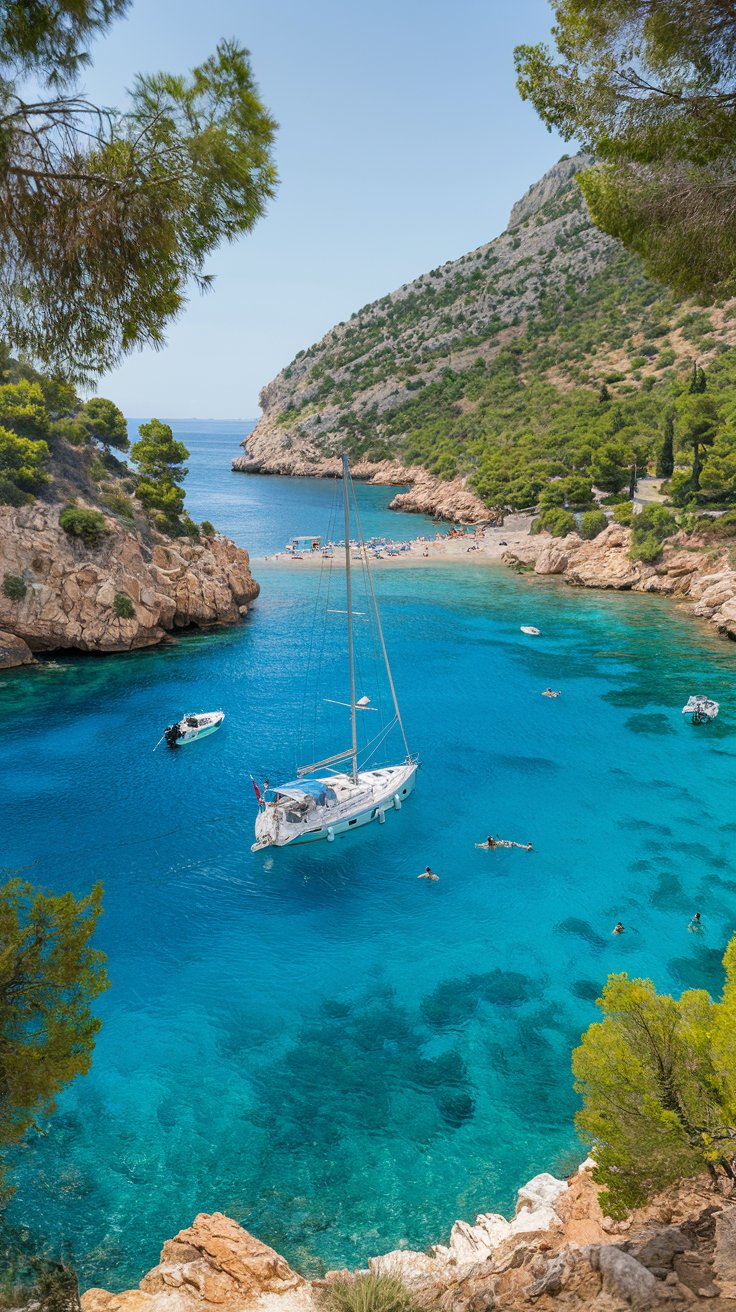Some of the most visited destinations in Spain are its spectacular islands, which draw millions of travelers each year. These sun-drenched escapes are perfect for beach lounging or diving into thrilling water activities and nature adventures.
Although Spain has hundreds of islands, most fall into two major groups. The Canary Islands, formed by volcanic activity, sit in the Atlantic Ocean off the coast of northwest Africa. The Balearic Islands, on the other hand, lie in the warm embrace of the Mediterranean Sea. Both offer stunning shorelines, family-friendly resorts, delicious food, and that unbeatable sunny weather travelers love.
11. El Hierro
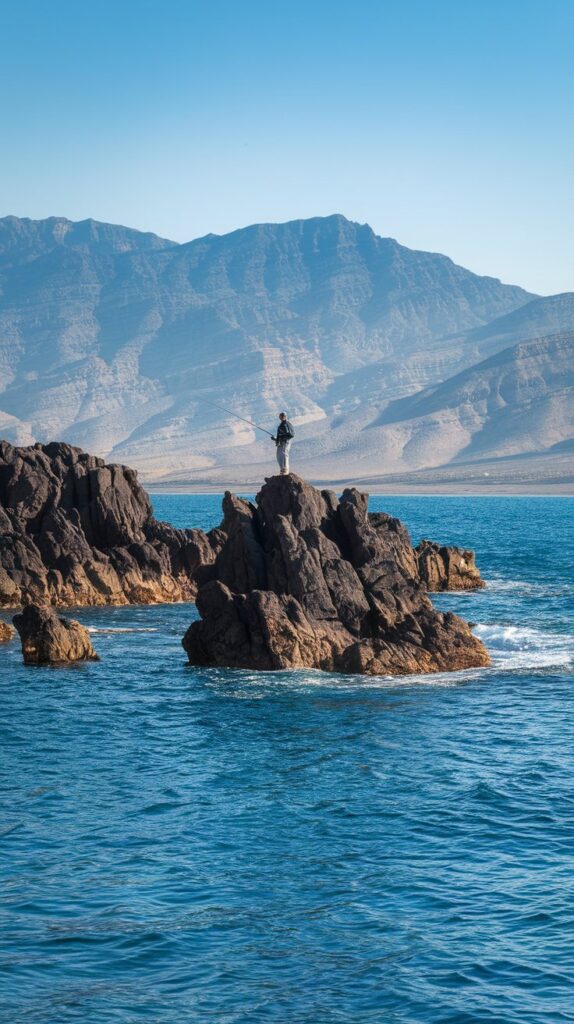
The smallest of the main Canary Islands, El Hierro is also one of the most remote, located at the far western edge of the archipelago. Surrounded by crashing Atlantic waves, the island is known for its untouched volcanic scenery and dense green forests.
Known as the “Meridian Island,” El Hierro was once thought to be the edge of the known world. Because of its isolation, it developed more slowly, with only a few towns and villages scattered along its rugged coastlines. You’ll find cozy beaches, natural pools, and charming churches, along with scenic lighthouses overlooking the sea.
Visitors come for the peace and the pristine wilderness—many hike the forested mountains or dive beneath the waves. Highlights include Pico de Malpaso, the island’s highest point, and the magical Mencafete Forest. With nearly the entire island protected as a biosphere reserve, breathtaking landscapes are never far away.
10. La Gomera
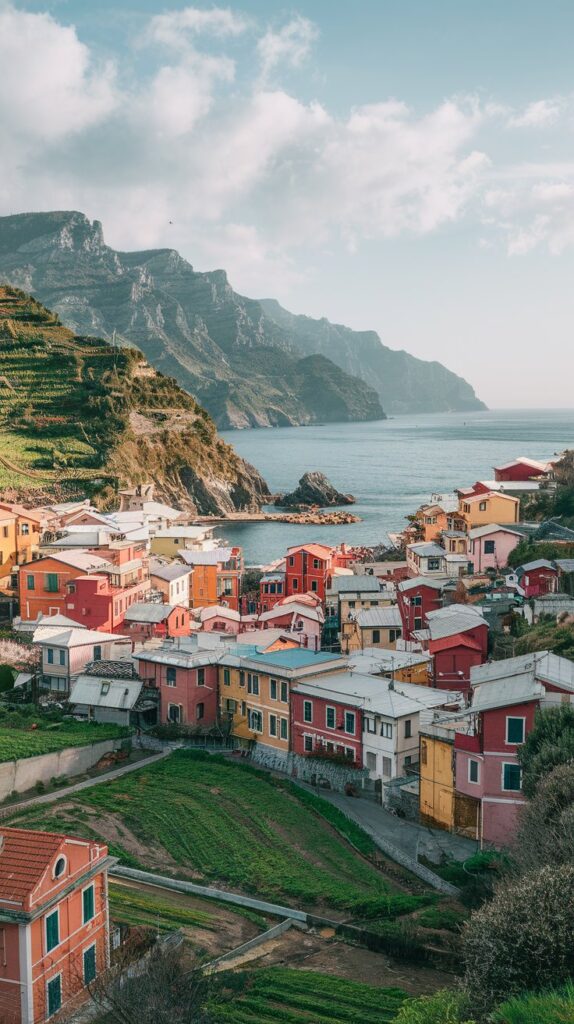
A quick ferry ride from Tenerife brings you to La Gomera, a small but dramatic island covered in valleys, cliffs, and misty rainforests. It’s a dream for hikers, offering trails that cut through lush woodlands and past ancient rock formations.
La Gomera is also rich in history—Christopher Columbus stopped here before crossing the Atlantic in 1492. Today, the capital, San Sebastián, has historical sites tied to his journey and scenic black-sand beaches. From the shoreline, you’ll catch magnificent views of Mount Teide on Tenerife.
The island’s upper regions house the largest surviving laurel rainforest in the world. Protected as a national park, the fog-covered Alto de Garajonay is home to rare plants and wildlife. With over 600 kilometers of trails, La Gomera is a paradise for nature lovers.
9. Minorca

Minorca, or Menorca, is the quieter gem of the Balearics. Surprisingly, it has more beaches than its neighbors Majorca and Ibiza combined, making it a haven for anyone in search of peace, sea, and sun.
Located northeast of Majorca, the island moves at a slower pace. Its two main towns—Mahon and Ciutadella—sit at opposite ends and charm visitors with their historic harbors and seafood eateries.
Away from the coast, Minorca is dotted with ancient megalithic monuments and mysterious stone structures. A standout is the Lithica Quarry, a vast site that now includes gardens, a maze, and even an animal sanctuary. The coastal Cami de Cavalls trail allows you to circle the entire island, revealing hidden coves and secluded shores.
8. La Palma
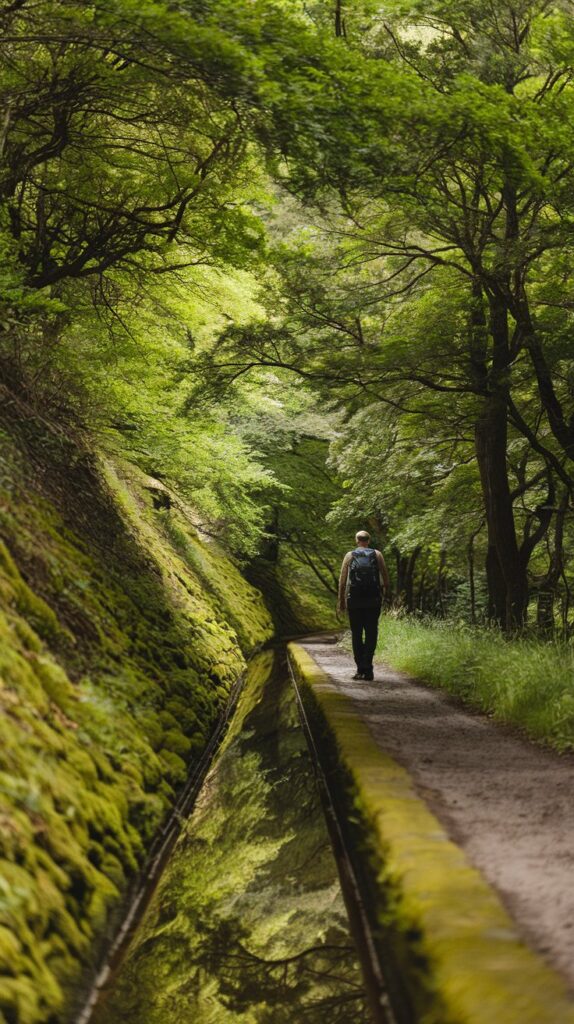
Known as “La Isla Bonita,” La Palma lives up to its nickname with its dramatic volcanic craters, lush landscapes, and clear night skies. It’s ideal for anyone looking to combine adventure with tranquility.
La Palma is home to one of the world’s largest volcanic craters, located at the heart of the island. Its highest point, Roque de los Muchachos, offers excellent hiking and even better views. Rock climbers and nature photographers especially love the area.
The coast is lined with cliffs and wild beaches, while the capital, Santa Cruz de la Palma, boasts cobblestone streets and colonial buildings. Because of its minimal light pollution, stargazing is big here, with observatories offering unforgettable nighttime views.
7. Formentera
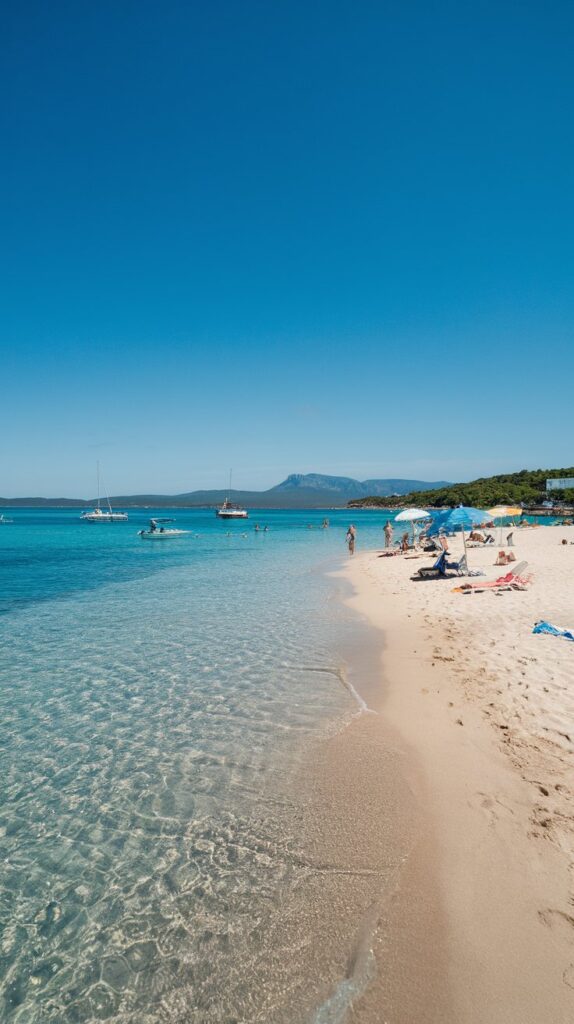
Formentera is the smallest of the Balearic Islands and a total contrast to its party-loving neighbor Ibiza. Just a short boat ride away, this island is peaceful and perfect for beachgoers looking to relax in a quieter setting.
The island has a long history, but today it’s more famous for its relaxed vibes and stunning Caribbean-like beaches. The small capital, Sant Francesc Xavier, features a charming chapel and a creative, artsy feel.
With its turquoise waters and soft sands, Formentera remains a favorite for sunbathers—clothing optional in many spots. Beyond the beaches, visitors enjoy kayaking, snorkeling, and scenic views from the La Mola lighthouse.
6. Fuerteventura
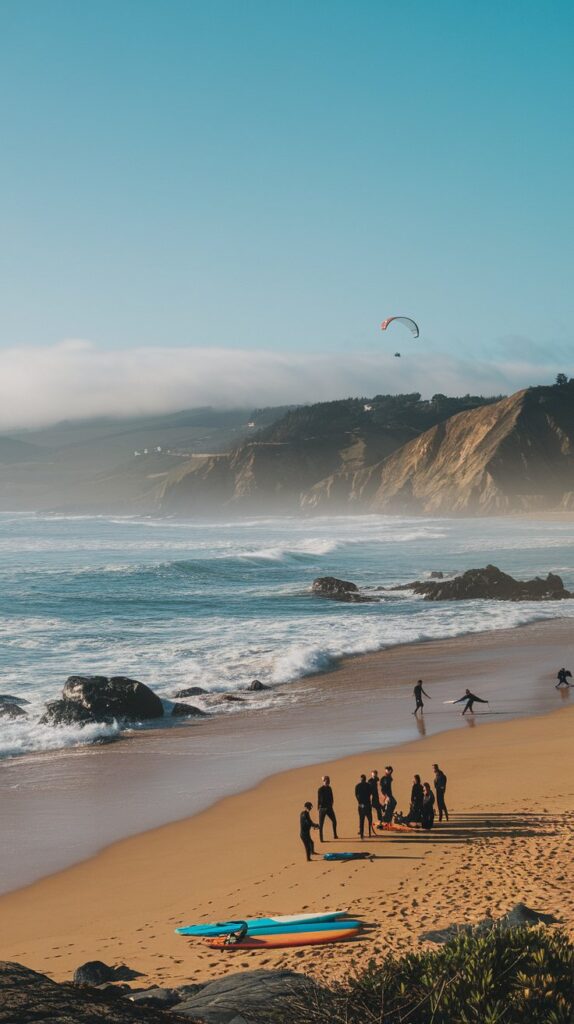
Fuerteventura is the place to go for windsurfing, kitesurfing, and beach-hopping. With over 200 kilometers of beaches and year-round sunshine, it earns its nickname: “Island of Eternal Spring.”
Between Lanzarote and Gran Canaria, this Canary Island features dramatic dunes, lava landscapes, and coastal villages. Popular beach areas include Jandia, Costa Calma, and Corralejo—each offering a different vibe.
A highlight is Corralejo Natural Park, where massive sand dunes lead to perfect surf spots. Whether you’re catching waves or simply soaking in the sun, Fuerteventura is unforgettable.
5. Lanzarote

Lanzarote’s lava fields and surreal volcanic terrain make it one of the most visually arresting Spanish islands. Though it’s the most geologically active of the Canaries, it’s also home to relaxed beach resorts and calm waters.
The highlight is Timanfaya National Park, where visitors can explore 20 volcanoes via camel rides or guided bus tours. The dramatic scenery of cones and craters is unlike anywhere else.
Resorts like Puerto del Carmen and Costa Teguise offer beaches and nightlife, while surfing and windsurfing are popular at Famara. Don’t miss the unique Lagomar Museum, a cave house set within jagged cliffs—perfect for striking photos.
4. Gran Canaria

Gran Canaria has it all: beaches, mountains, desert-like dunes, and a bustling capital. Nicknamed a “mini continent,” it appeals to everyone from sun-seekers to hikers.
The island’s rugged center hides lakes, caves, and lush forests. Maspalomas is famous for its massive dunes and beach scene, while towns like Aguimes showcase traditional Canarian culture.
Las Palmas, the capital, blends colonial charm with modern buzz. Visit the Gothic cathedral, stroll through Vegueta, or enjoy tapas at a beachside café. With adventure inland and relaxation by the sea, Gran Canaria strikes the perfect balance.
3. Ibiza
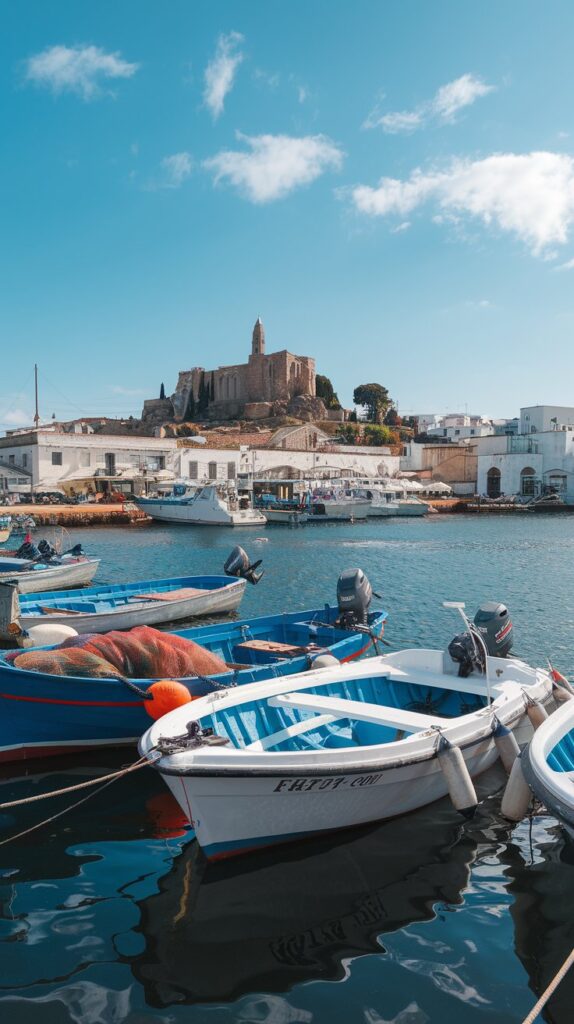
World-renowned for its nightlife, Ibiza is more than just a party island. While DJs and dance floors dominate Ibiza Town and Sant Antoni, the rest of the island offers a peaceful, natural escape.
Rustic fishing villages, family-friendly resorts, and yoga retreats are nestled around the island’s coastline. Beautiful coves, Mediterranean sunsets, and spiritual spots make it popular with all types of travelers.
Ibiza is a place where you can dance all night and then unwind the next morning with a sunrise swim or meditation session.
2. Tenerife

Tenerife, the largest of the Canary Islands, mixes dramatic landscapes with lively resorts and cultural attractions. Its towering centerpiece, Mount Teide, is Spain’s highest peak and a must-see for nature lovers.
Whether you hike through lava fields or ride the cable car to the summit, the views are unforgettable. The island’s beaches come in all types—from golden to black sand—with popular spots for surfing, jet skiing, and diving.
Cities like Santa Cruz de Tenerife mix colonial architecture with shopping and dining. Don’t miss the mysterious Guimar pyramids or the fun resort towns along the southern coast.
1. Majorca
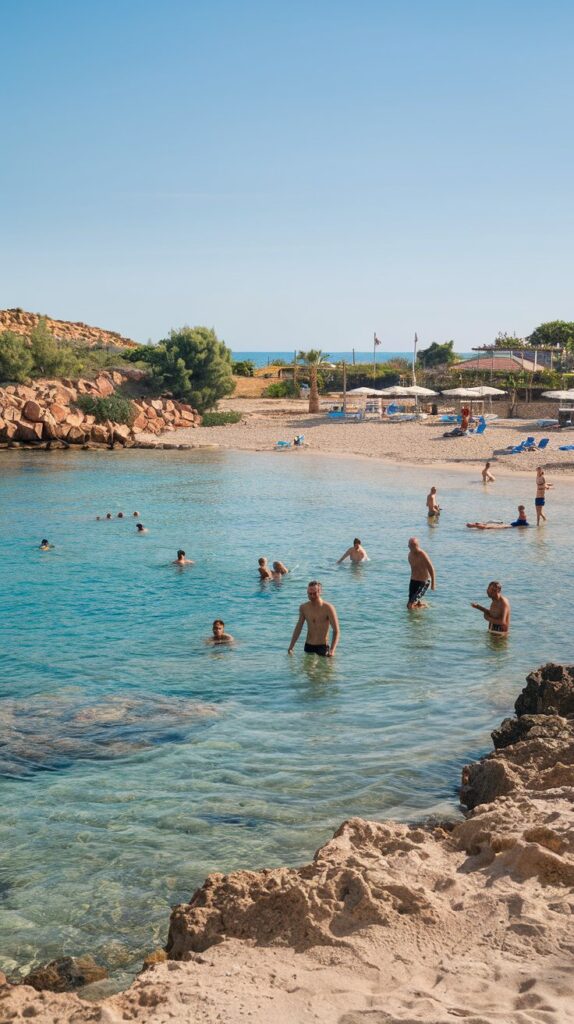
Majorca is the crown jewel of the Balearic Islands, drawing millions each year for its sunny weather, beautiful beaches, and welcoming resorts. With 550 kilometers of coastline and over 260 beaches, it’s a beach lover’s dream.
Resorts stretch along the southern and eastern shores, while the island’s mountainous interior remains quiet and scenic. The capital, Palma, offers stunning Gothic architecture, lively cafes, and a charming old town.
In the evening, take a stroll along Paseo Maritimo and admire the glowing cathedral reflected in the harbor waters. With culture, coastlines, and sunshine, Majorca has something for everyone.

